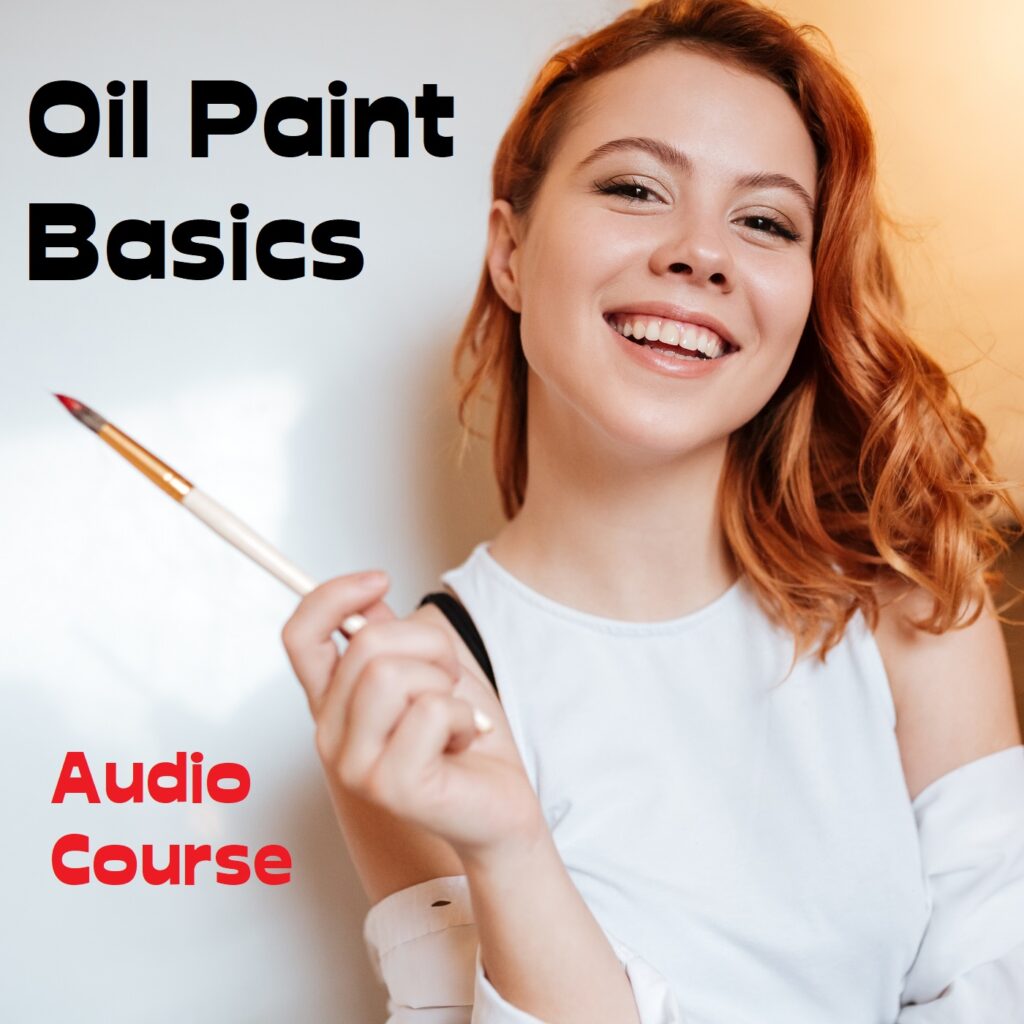Get Introduced to the World of Oil Painting by the Masters!!!
Attention All Oil Painting Enthusiasts!!! – Before You Get Started – Let Experts Teach You about Origin And Basics of Oil Paintings!
To be a master in the field, get the ‘Perfect Introduction’ through the ace oil painters themselves. The e-book ‘Getting Introduced To Oil Painting’ contains concise and impact-full chapters that will give you the perfect introduction to the world of Oil Painting. The highlights of the e-book are as follows:
- Brief history of oil painting – Get to know the story of invention
- Introduction to oil painting mediums – What is linseed oil and what are the different forms?
- Benefits and disadvantages of using linseed oil as a binder
- Using alternatives oils as mediums
- What are the things required to get started in oil painting
- Tips for beginners in oil painting
The e-book will give you acquaint you with the basics of oil painting. It gives you a fair idea about the origin from where the oil painting technique has been developed. It also helps you to understand in detail about the different binders used in oil painting. This would help you in creating a proper understanding about the main requisites for oil painting. It gives you a thorough know-how of oil painting.

Oil painting is the process of painting with pigments with a medium of drying oil as the binder. It has been the most common technique for artistic painting …
Oil painting is a versatile and popular medium among artists due to its rich colors, slow drying time, and blending capabilities. Here are some basic steps and techniques for getting started with oil painting:
Materials:
- Oil Paints: Invest in quality oil paints. They come in various brands, colors, and quality levels. Beginners can start with a basic set of primary colors.
- Painting Surface: Choose a canvas or wood panel as your painting surface. You can also use oil paper or prepared boards.
- Brushes: Purchase a variety of oil painting brushes in different shapes and sizes, such as flats, rounds, and filberts. Natural bristle brushes are commonly used for oils.
- Solvents: You’ll need solvents like turpentine or mineral spirits for thinning the paint and cleaning brushes.
- Palette: A palette is used to mix and blend colors. Wooden or acrylic palettes are common choices.
- Palette Knife: This tool helps you mix and apply paint to the canvas. It’s also useful for creating texture.
- Easel: An easel holds your canvas at a comfortable working height.
Basic Techniques:
- Brushwork: Experiment with different brush strokes. You can use short strokes for texture or long, smooth strokes for blending.
- Color Mixing: Oil paints can be mixed on the palette to create a wide range of colors. Start with primary colors (red, blue, yellow) and mix them to create secondary colors (orange, green, purple).
- Layering: Oil painting is often done in layers. Start with an underpainting (a basic sketch or initial layer), and then build up layers of paint to add depth and detail.
- Blending: Oils are known for their blending capabilities. You can blend wet paint into wet paint on the canvas or use a dry brush to blend colors.
- Impasto: Apply thick layers of paint (impasto) to create texture and depth in your artwork. Palette knives are useful for this technique.
- Glazing: Glazing involves applying thin, translucent layers of paint over dry layers to create depth and alter colors. This technique is useful for achieving luminous effects.
Painting Process:
- Sketch: Begin by sketching your subject lightly on the canvas with a pencil or thinned paint.
- Underpainting: Create an underpainting using a monochromatic color (usually a neutral like burnt sienna or gray) to establish values and shapes.
- Blocking In: Block in the major shapes and colors of your subject using broad strokes.
- Layering: Build up layers of paint, working from dark to light. Allow each layer to dry before adding the next.
- Details: Add finer details and highlights as you progress.
- Final Touches: Step back and assess your painting. Make any necessary adjustments or refinements.
- Drying: Oil paint takes time to dry, so be patient. It can take days or even weeks for a painting to fully dry.
- Varnishing: Once your painting is completely dry, apply a protective varnish to enhance colors and protect the surface.
Remember that oil painting is a skill that develops with practice. Don’t be discouraged by initial challenges; keep experimenting and refining your techniques. It’s also helpful to take classes or watch tutorials to learn from experienced artists. Oil painting offers endless possibilities for creativity and expression, so enjoy the process and let your imagination run wild.